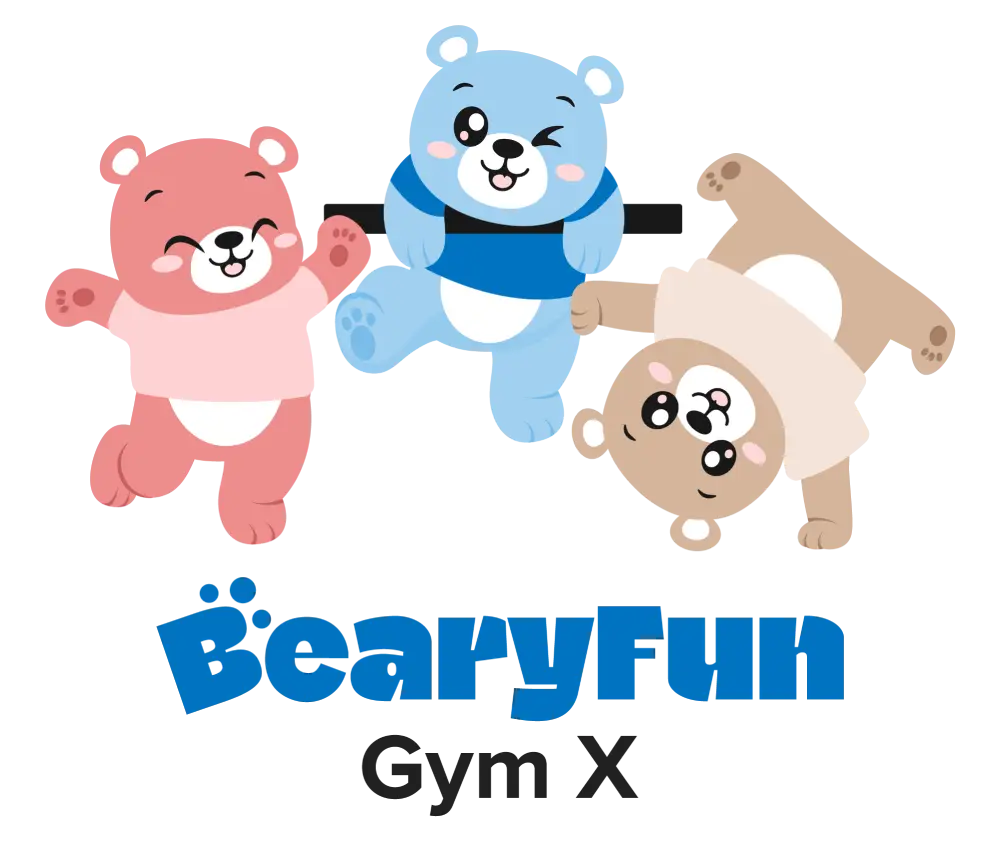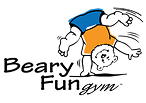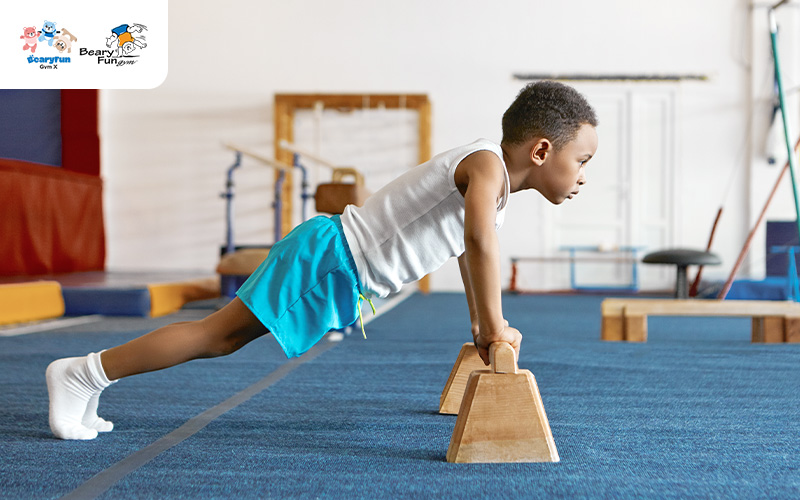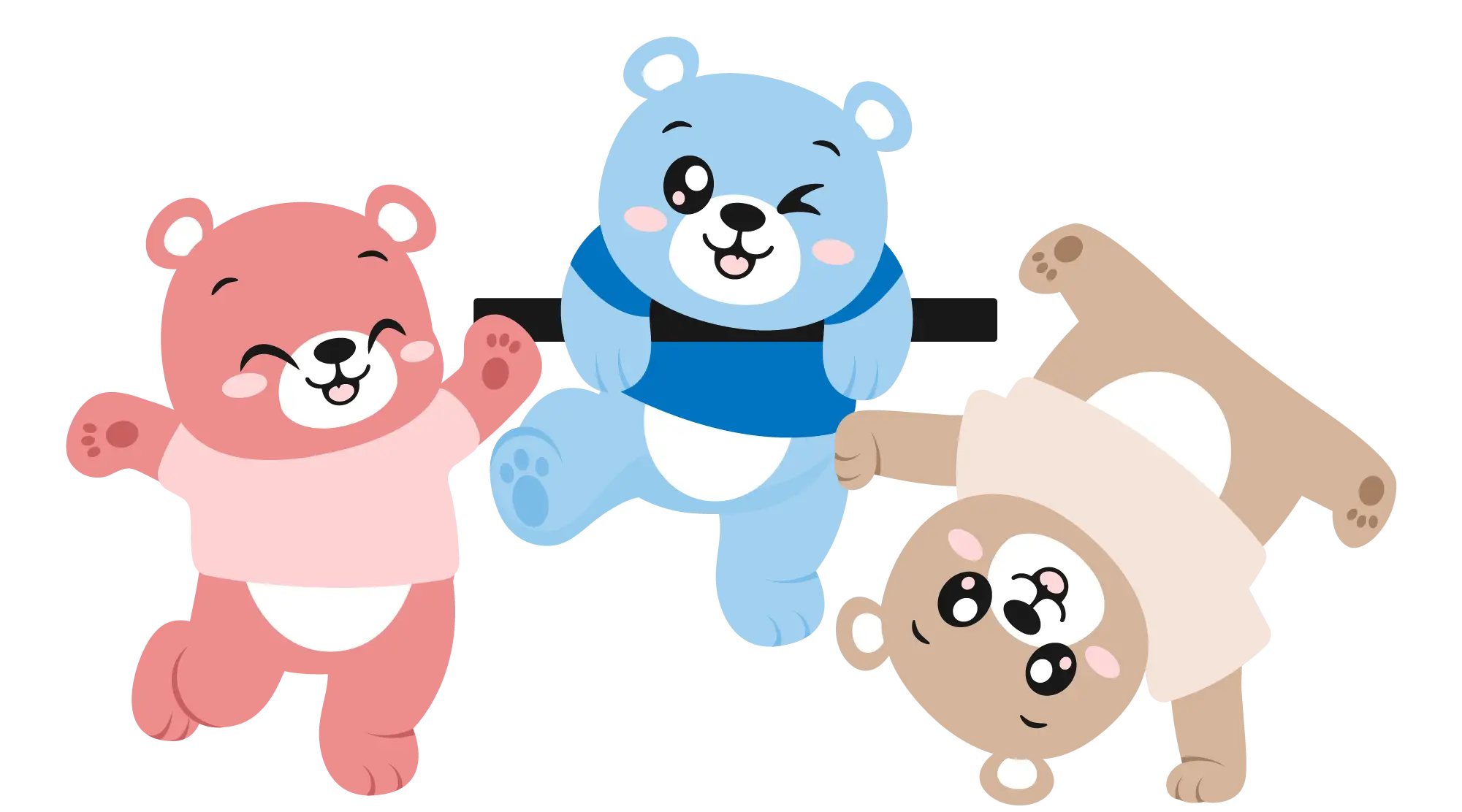Introduction
You’ve probably heard that kids need to “burn off energy”, but physical education (PE), especially in early childhood development, is about so much more than that. What happens in gymnasium classes can shape how children think, feel, and connect to others for years to come. When movement is introduced in a supportive way, it builds not only strength and coordination but also confidence, self-esteem, and social skills.
A nurturing PE environment doesn’t demand perfection. It celebrates effort, curiosity, and growth. It also teaches children that progress matters more than performance, while trying again is part of the journey. These are the experiences that plant the seeds for resilience, emotional well-being, and healthy social connections.
In this article, we’ll explore how supportive children’s gym classes help raise confident, capable, and emotionally strong children. Let’s learn why early PE deserves far more attention than it often gets.
Key Takeaways:
PE in the early years lays the foundation for lifelong development by strengthening a child’s mind, body, and character.
Whether in a formal PE class or a gym setting, activities should be fun, inclusive, and tailored to each child’s developmental stage. This helps nurture a positive attitude toward physical activity from the start.
Gymnastics-based programmes offer a recreational yet structured extension of traditional PE, reinforcing physical, emotional, and social skills through movement and exploration.
Absolutely. Gym environments that celebrate progress and support teamwork help children develop self-confidence, resilience, empathy, and communication skills—core traits needed for success in life.
Choose programmes that go beyond skill-building to support full child development. BearyFun Gym focuses on developing strong, confident, and happy children through safe, age-appropriate, and nurturing physical experiences. |
The Foundation of Physical Education for Young Children
What Is Physical Education in the Early Years?
A child’s first language is movement. Before they speak in full sentences, they’re already trying to leap, reach, spin, and run. Physical education (PE) in the early years honours that natural expression, turning movement into meaningful development across body, mind, and heart.
Unlike the more performance-driven PE found in later schooling, early childhood PE focuses on exploration, discovery, and mastery of basic physical skills. These activities are designed to be age-appropriate, playful, and inclusive, allowing every child to participate, enjoy, and succeed at their own pace.
At this stage, PE isn’t about grooming star athletes. The focus is on sparking enjoyment in movement, building confidence, and creating lasting healthy routines. When children experience joy and confidence through physical activity early on, they’re far more likely to maintain active lifestyles as they grow.
What are the Core Objectives of Early Childhood Physical Education?
Early childhood physical education is designed to help children develop essential skills that support their physical, social, and emotional growth. Fun and purposeful activities play a part in promoting:

1. Motor Skill Development
Children learn essential gross motor skills such as crawling, running, hopping, climbing, and jumping. Motor skills for kids are essential for developing coordination, muscle strength, and endurance.
2. Coordination and Flexibility
By taking part in PE activities, children can refine control over their bodies, improve balance, reaction time, and flexibility. Activities like stretching, obstacle courses, and rhythmic games enhance both body control and agility.

3. Spatial Awareness
Through games and guided exercises, children develop an understanding of how to move safely within shared spaces. They learn to navigate around others, adapt their movements, and respond to their environment.
4. Confidence Through Movement
Successfully completing physical challenges—big or small—helps children feel accomplished. As they gain confidence through physical activities, they also grow in self-esteem, independence, and perseverance.
What Is the Holistic Role of Physical Education in Child Development?
Apart from physical benefits, physical education also plays a far-reaching role in shaping well-rounded individuals. Building on the foundational motor skills developed in the early years, PE becomes a powerful tool for nurturing a child’s mental, emotional, and social growth.
In line with Singapore’s national curriculum, PE serves as a platform for developing physically competent, confident, and health-conscious learners. Through a blend of physical activity, outdoor exploration, and lessons in safety, children begin to understand how movement-based learning is closely related to real-life situations and overall well-being.
But the impact goes even deeper. PE cultivates 21st-century competencies, such as teamwork, resilience, and responsibility. These qualities are essential in building a child’s character and nurturing their life skills needed in school and beyond.
What Makes a Good Physical Education Experience?
A quality physical education experience in early childhood matters more than just keeping kids active. The way PE is delivered—the tone, the setting, the structure—has a profound impact on how children perceive movement and whether they carry positive habits into later life. When PE feels safe, joyful, and empowering, it becomes a meaningful part of a holistic child development.
While programmes structured in PE are important, how children should do them and who should be guiding them are equally essential. A nurturing environment where effort is celebrated and exploration is encouraged can turn physical activity into a source of confidence and self-discovery.

Here’s what defines a strong PE experience for young learners:
1. Encouraging Instructors
The best PE teachers understand that young children need support, not pressure. They cheer on small wins, offer clear guidance, and create space for every child to learn at their own pace. Their energy sets the tone for how safe and motivated children feel.
2. Safe, Structured Space
Children thrive in environments that are both predictable and stimulating. A good PE space is clean, well-equipped, and thoughtfully arranged to support movement without risk. Age-appropriate equipment helps ensure that children can try new skills confidently.
3. Fun and Play-Based Activities
For young children, learning happens best through play. Through games, obstacle courses, role-play, and music-based movements, children learn how to develop physical, cognitive, and social skills. When PE feels like play, combined with discipline and guidance, they are more likely to stay engaged and eager to participate.
4. Inclusive Atmosphere
A strong PE programme values every child. It values effort over talent and ensures that no child feels left out or judged. In an inclusive gymnastics class for kids, differences in ability, confidence, or background are embraced, helping young explorers feel respected and supported.
Complementing Physical Education with Gym Classes: A Holistic Approach to Child Development
How Gym Classes Complement Physical Education Through Playful Structure
While formal PE lays the groundwork for physical literacy, gym classes offer a dynamic extension of that foundation. They bring structure and consistency to movement in a way that feels fun, natural, and developmentally appropriate for young children. Instead of just reinforcing what’s taught in PE, gym sessions enrich it through a hands-on, child-led approach.
Unlike traditional lessons that may follow a set curriculum, gym classes are often designed with flexibility and play at their core. From tumbling and crawling through tunnels to balancing on beams, these activities strengthen motor skills while helping children learn about their own capabilities.
What sets gym classes apart is their focus on joyful participation rather than performance. There’s no pressure to “get it right” the first time, but only encouragement to try, explore, and keep going.
What Quality Physical Education Looks Like in a Gym Class
A thoughtfully designed children’s gym class mirrors the best aspects of formal physical education while offering a more personalised and nurturing experience. Here, movement is the medium, whereas growth is the outcome.
Rather than focusing solely on physical performance, quality gym programmes are tailored to meet each child where they are developmentally, guiding them to progress at a pace that feels both safe and exciting.
Key elements define a high-quality gym experience:
1. Structured Progression That Supports Development
Children are guided through activities that match their age and ability level. Whether it’s learning to balance on a beam or mastering a basic roll, skills are built layer by layer, giving each child the time and confidence to succeed.
2. Inclusive, Age-Appropriate Equipment
The right tools make all the difference. Soft mats, mini trampolines, tunnels, and climbing structures are designed to support natural movement while keeping safety and fun in mind. Equipment is scaled to ensure every child can participate fully.
3. Trained, Empathetic Instructors
Great gym classes for preschoolers are led by educators who do more than instruct. Focusing on encouragement, empathy, and resilience, these instructors create an emotionally safe space where children are free to explore movement without fear of failure. Their positive reinforcement lays the foundation for confidence, self-esteem, and emotional security.
How Gym Classes and Physical Education Work in Tandem
While PE and gym classes may differ in format and setting, their goals are deeply aligned. Together, they offer a balanced, well-rounded approach to early childhood development.
Below, we explore how these experiences work hand-in-hand to support growth across multiple domains:

1. Building Confidence and Emotional Resilience Through Movement
Mastering physical challenges like climbing, balancing, or tumbling can be a powerful confidence booster for young children. In a supportive children’s gym class, even the smallest milestones are celebrated, turning uncertainty into self-assurance.

With patient guidance and consistent encouragement, children begin to believe in their abilities, gaining a sense of independence and self-worth. They also learn valuable emotional skills: how to take feedback positively, push through frustration, and recover from setbacks. Over time, these experiences foster emotional resilience, helping children build the inner strength needed to face challenges both in and out of the gym.
2. Supporting Physical Health and Long-Term Habits
Regular participation in gym classes plays a vital role in strengthening children’s physical development. It plays a part in enhancing posture, flexibility, coordination, and overall fitness. These sessions do more than build strong bodies; they introduce healthy routines that reduce the future risks of obesity, cardiovascular disease, and other lifestyle-related conditions.
When movement is presented as enjoyable and rewarding from an early age, children begin to associate exercise with positive feelings, not obligation. As they grow, they also develop greater awareness of how to care for their bodies—understanding the importance of nutrition, rest, and energy management, and forming a lasting habit of self-care.
3. Enhancing Mental Well-being and Focus
Physical activity in gym classes contributes directly to a child’s mental and emotional balance. Movement helps reduce stress and anxiety by stimulating the release of endorphins, while also improving sleep quality and emotional regulation.

These benefits are especially valuable during the early years, when children are still learning to manage big feelings and fluctuations in mood. By offering a structured outlet for energy and emotion, gym time becomes a powerful tool for supporting focus, lifting mood, and promoting overall mental well-being.
4. Fostering Social Skills and Interpersonal Growth
Gym classes provide rich opportunities for children to develop vital social skills in a collaborative, recreational, and educational setting. Through group games and shared tasks, they learn to take turns, communicate clearly, and work towards common goals.
Encouraging peers, handling wins and losses gracefully, and practising empathy become part of the movement experience. These interactions not only build social confidence but also foster a sense of community and respect for others. These skills will serve children well in all aspects of life.

5. Developing Leadership, Character, and 21st-Century Life Skills
More than just regular sports for kids, gym and PE classes help shape essential character traits and future-ready life skills. Children develop leadership through shared challenges, learning how to motivate others, make group decisions, and take initiative.
Along the way, they practice goal-setting, discipline, and responsible decision-making. Activities also teach sportsmanship and conflict resolution in real time, allowing children to navigate social dynamics in constructive ways. Over time, these child-friendly fitness
experiences foster independence, resilience, and the ability to collaborate—building a strong foundation for success both inside and outside the classroom.
Frequently Asked Questions
1. How is PE different from just playing?
While both involve movement, PE is structured and guided by trained instructors. It includes specific goals like developing balance, coordination, and spatial awareness, often using games and activities that are fun but purposeful.
2. Are gym classes safe for toddlers and preschoolers?
Yes, when designed properly. Well-structured gym programmes use age-appropriate equipment and have experienced instructors who prioritise safety, supervision, and gentle guidance.
3. Do children need to be “athletic” to benefit from physical education?
Not at all. Physical education helps all children—regardless of natural ability—develop movement skills, coordination, and confidence. It’s not about performance, but about progress and participation.
Conclusion
Physical education in the early years acts as a powerful force that shapes the mind, body, and character of every child. Through consistent, supportive gym experiences, children move actively while building confidence, resilience, and self-awareness. These foundational skills influence how they approach challenges, connect with others, and care for their own well-being as they grow.
That’s why it’s important for parents to look beyond performance-based programmes and choose gym classes that prioritise holistic developmental growth. A nurturing, play-based environment that values exploration over competition helps children build lasting physical literacy, emotional strength, and a healthy relationship with movement.
At BearyFun Gym, we believe that movement forms the foundation of all physical development. Our gymnastics for kids in Singapore is thoughtfully designed to equip children with essential motor skills in a safe, engaging, and non-competitive setting.
Contact us to learn more.




